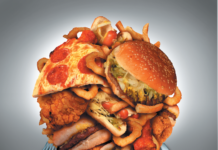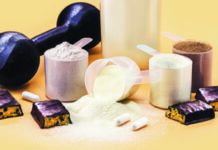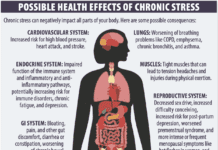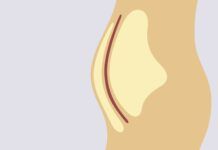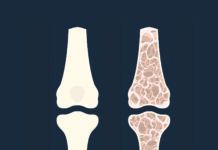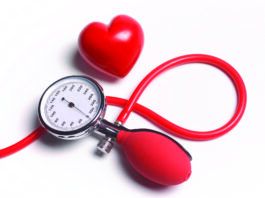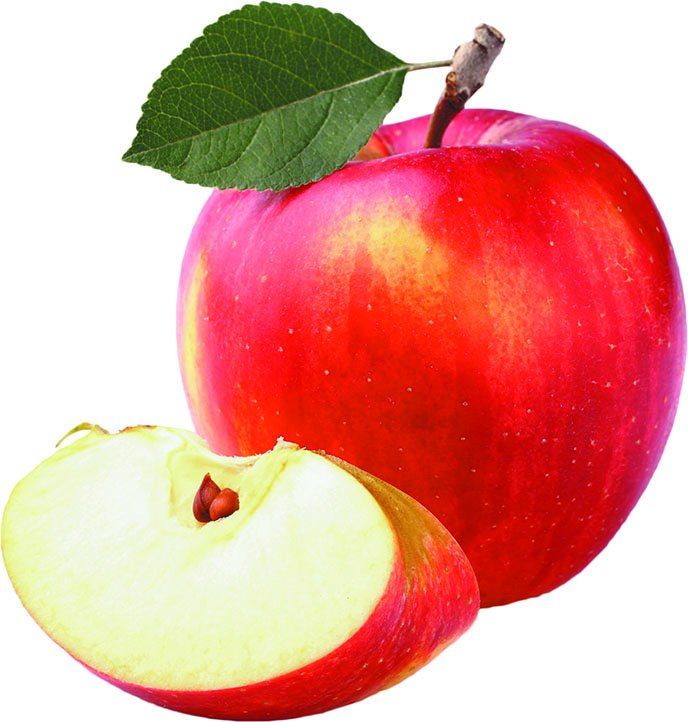New Editors for Health & Nutrition Letter
Dariush Mozaffarian, MD, DrPH, dean of Tufts Friedman School, is the new Editor-in-Chief of the Tufts Health & Nutrition Letter, and Alice H. Lichtenstein, DSc, Stanley N. Gershoff Professor of Nutrition at the school, is the new Executive Editor. Dr. Mozaffarian became dean in 2014; he was previously associate professor at Harvard University and co-director of the Program in Cardiovascular Epidemiology. Lichtenstein, who is also director of Tufts HNRCA Cardiovascular Nutrition Laboratory, is a long-time member of the newsletters Editorial Advisory Board. Irwin H. Rosenberg, MD, who served as Editor for some two decades, will remain active in the newsletter as a member of the board. David A. Fryxell continues as Managing Editor.
Supplement Disclaimers Make Little Impact
Consumers mostly ignore disclaimers on dietary supplements and erroneously believe the government warrants such products to be safe and effective, according to a review of 11 studies on the subject. Most products sold under the 1994 Dietary Supplement Health and Education Act (DSHEA) carry a small-print notice about their claims such as, This statement has not been evaluated by the Food and Drug Administration. This product is not intended to diagnose, treat, cure, or prevent any disease. Under DSHEA, so-called dietary supplements are regulated differently than medicines or drugs, with the manufacturer and not the FDA responsible for safety and effectiveness. But the recent review, published in Health Affairs, found many consumers unaware of that distinction and unaffected by disclaimers.Overall, consumers either failed to notice the disclaimers or reported that the notices did not change their view of the product. There was little difference in consumer perceptions in random tests of products with or without a disclaimer. Many continued to believe the FDA had evaluated the product even after being shown a disclaimer to the contrary. In surveys, a similar disconnect was found. The largest survey, of 3,500 adults, found that 48.8% of self-identified supplement users and 45% of non-users agreed with the incorrect statement, Appetite suppressants, herbal products, and weight loss supplements must be approved for efficacy, or effectiveness, by a government agency like the FDA before they can be sold to the public.For more on such products, see our April Special Supplement.
Shoppers Rediscovering Frozen Fruit
Frozen fruit is hot, with dollar sales up 13.4% in 2014 compared to the previous year. Thats the number-one growth area within the otherwise anemic frozen-food category, where overall sales rose only 0.7%, and fourth fastest-growing in the whole supermarket. According to a report in FoodNavigator-USA, frozen-fruit sales have topped $1 billion, more than triple the $300 million level of just a decade ago. Leading the growth: sales of frozen mixed berries, mixed fruit, tropical fruit, mango and pineapple.
Wearable Device Calorie Counts Miss the Mark
How accurate are the calorie counts for various activities measured by wearable devices such as the popular Fitbit? Recent research in the Journal of Physical Activity & Health reported that such gizmos can over- or underestimate the energy expenditure of specific tasks by hundreds of calories. The study compared the results from a classic Fitbit, which was worn on an elastic band around the waist, to the numbers from a standard laboratory calorie-expenditure system (Oxycon).For a jogging test, the calories burned according to the Fitbit were 18 short of those counted by the Oxycon system. On a test of one hour of cycling, the Fitbit underestimated calorie expenditure by 177. Conversely, the Fitbit overestimated the calories used in carrying groceries. The algorithm used in calculating calorie usage could be responsible for the difference, scientists said, along with variations in the placement of the Fitbit, which nonetheless can be useful for counting steps.
GMO Food Fears on the Rise, But Consumers Reluctant to Pay to Avoid
Consumers are increasingly concerned about foods containing genetically modified (GMO) ingredients, but mostly unwilling to pay extra for non-GMO choices. Thats the finding of a report by the NPD Group market-research firm, which said 57% of US adults surveyed expressed some level of concern about GMOs-up from 43% in 2002. The share of respondents saying they were very or extremely concerned about GMOS doubled from 2002, up to 20%. But another NPD survey found two-thirds of grocery shoppers would not pay more for non-GMO foods, and only 14% actively seek out non-GMO alternatives. When asked what GMO products are, moreover, the most common answer was I dont know. Other common responses, according to NPD, were processed in some way or not natural.
Vice Beating Virtue in the Snack Aisle
Americans are snacking more than ever, and for the first time in years the trend favors indulgent over healthier snacks. Data from market-research firm IRI showed sales for indulgent snacks rose 3.1% in 2014 compared to the previous year, while healthier snack choices rose only 2.5%. IRI reported that 59% of consumers say they indulge when they snack, with splurges on fatty, salty and sugary snacks such as jerky, baked goods and the fast-growing category of refrigerated meat and cheese wraps. The firm attributed the trend to efforts by food marketers to make indulgent snacks more permissible by making claims about fiber content, energy benefits and natural and hormone-free products.
Cooking Shows: Recipe for Weight Gain?
Emeril Lagasse and Bobby Flay may not know best, at least when it comes to your waistline. If you try to emulate your favorite celebrity chefs, according to findings in the journal Appetite, those cooking shows may be making you fat. Cornell University researchers reported that women who get their recipes from TV cooking programs and cooked from scratch weighed an average 11 pounds more than those who watched but didnt follow up in the kitchen. (Most studies show people who cook from scratch are less likely to be overweight.) Cooking recipes from TV shows was also associated with a higher BMI, 27.48 versus 25.66, among the studys 501 women, ages 20-35. Cooking from scratch with recipes sourced from print or online, however, was not associated with greater weight or BMI.
New Peanuts Profile More Like Olive Oil
Consumers looking for more of the healthy monounsaturated fats found in olive oil may soon be able to reach for a handful of peanuts. USDA and Oklahoma State University scientists have cultivated a new Spanish peanut variety, dubbed OL, that is high in oleic acid, the monounsaturated fat touted in the so-called Mediterranean diet. The new peanut, which will go into commercial production later this year, also has a longer shelf life and is resistant to Sclerotinia blight, a soilborne fungal disease blamed for crop losses of up to 50% in some areas. About half the fat in regular peanuts is monounsaturated, primarily oleic acid; previously developed high-oleic varieties have boosted that to over 80%. (For more on peanuts health benefits, see story in this issue.)
Apples No Substitute for Health Insurance
An apple a day doesnt really help keep the doctor away, according to research in a special April Fools issue of JAMA Internal Medicine. The light-hearted but genuine study looked at data from the National Health and Nutrition Examination Survey (NHANES) on almost 8,400 people. There was no significant difference between non-apple eaters and those eating at least one small apple per day in keeping the doctor away, defined as more than one self-reported visit to a physician during the past year. The same was true of overnight hospital stays and visits to a mental health professional, although apple eaters were slightly less likely to need prescription medications.For a serious look at the health benefits of apples, see our January 2013 issue.
Fast-Food Ban Made Little Difference
Banning new fast-food restaurants in some of the poorest neighborhoods in Los Angeles failed to improve residents eating habits or keep them from getting fatter, according to new research published in Social Science & Medicine. The ban, which also restricted remodeling of fast-food eateries, was enacted in 2008 in hopes of combating obesity and improving health outcomes among South Los Angeles 700,000 residents. But the only subsequent improvement in consumption patterns-a drop in soft-drink intake-was seen as well in areas without the ban. Overweight and obesity rates actually increased more in the regulated neighborhoods, and consumption of fast food rose regardless of the rules. The chief effect of the regulations was to shift retail developments from fast-food franchises to small food and convenience stores. While the ban may have symbolic value, researchers concluded, it has had no measurable impact on improving diets or reducing obesity.

